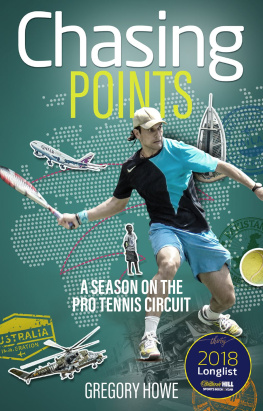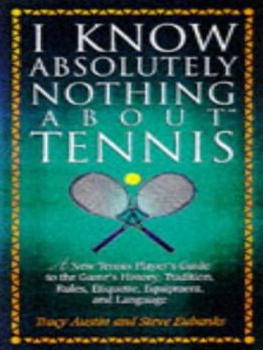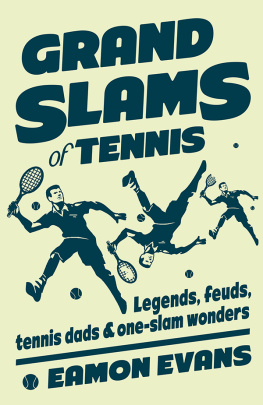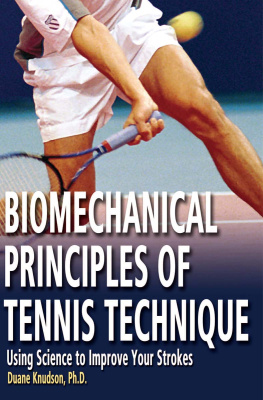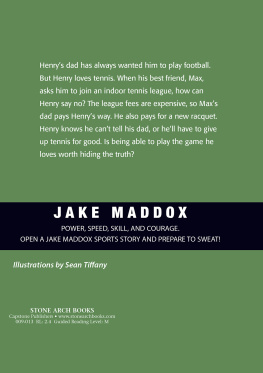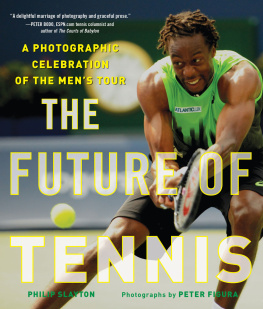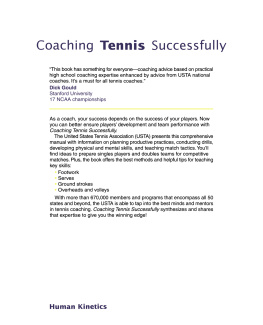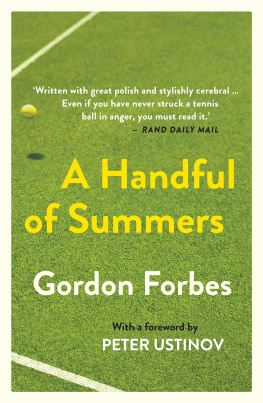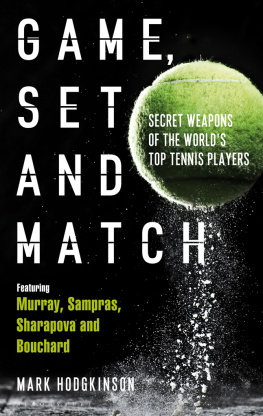
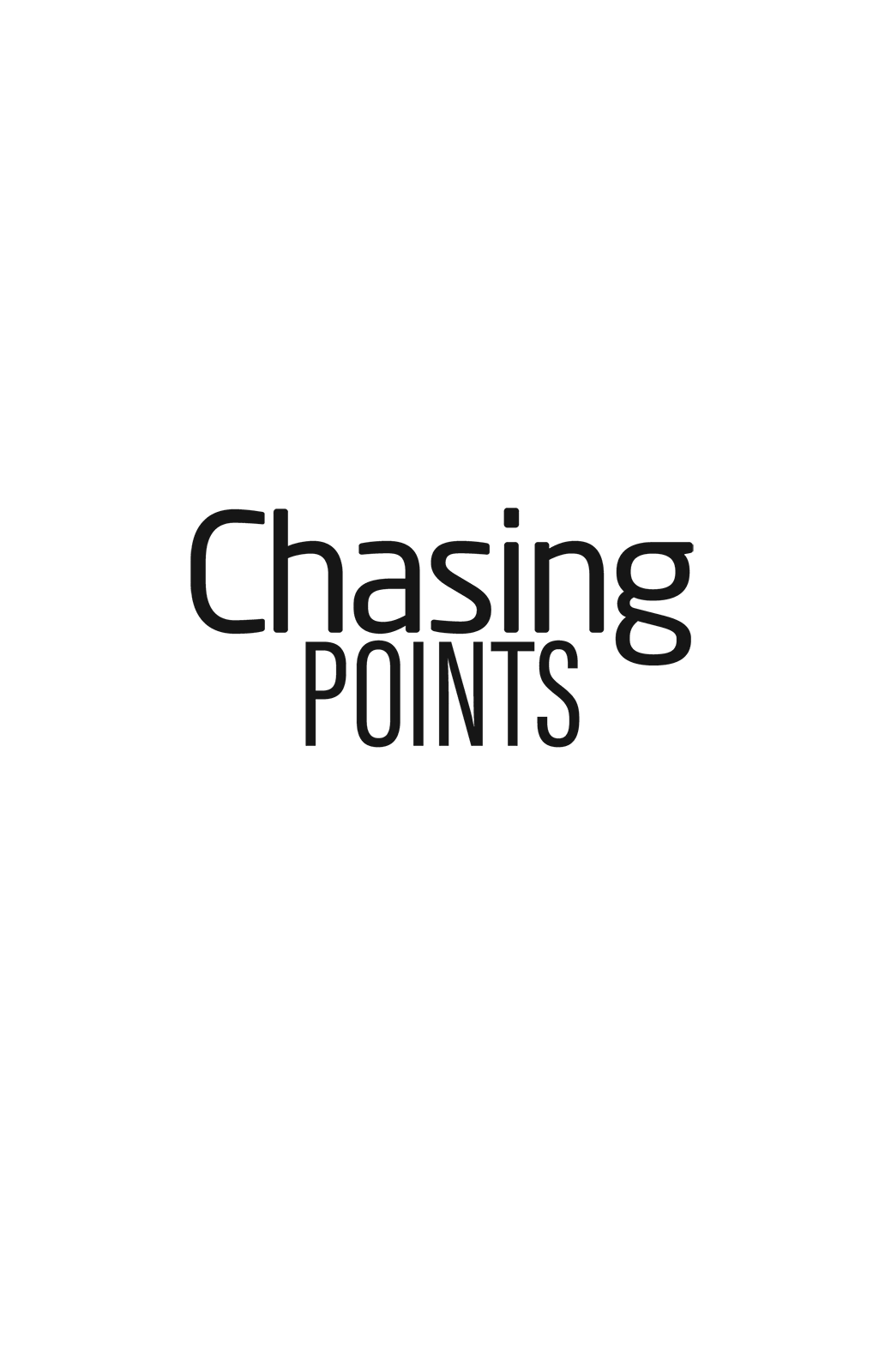
First published by Pitch Publishing, 2018
Pitch Publishing
A2 Yeoman Gate
Yeoman Way
Durrington
BN13 3QZ
www.pitchpublishing.co.uk
Gregory Howe, 2018
All rights reserved under International and Pan-American Copyright Conventions. By payment of the required fees, you have been granted the non-exclusive, non-transferable right to access and read the text of this e-book on-screen. No part of this text may be reproduced, transmitted, downloaded, decompiled, reverse-engineered, or stored in or introduced into any information storage and retrieval system, in any form or by any means, whether electronic or mechanical, now known or hereinafter invented, without the express written permission of the Publisher.
A CIP catalogue record is available for this book from the British Library
Print ISBN 978-1-78531-383-7
eBook ISBN 978-1-78531-415-5
--
Ebook Conversion by www.eBookPartnership.com
Contents
For Mr Munckton.
Thanks for everything, Fred.
Acknowledgements
IF I was to look for a parallel between my experiences of being on the tennis tour to writing this book, it would simply be that while both often appear (and are, at times) solitary, lonely pursuits what is often not visible is the great support team working behind the scenes, without whom nothing would be possible. As I never got the opportunity to make an acceptance speech on tour, then I guess here is my chance now
A massive thanks to the great team at Pitch Publishing as professional as any team Ive encountered in the sporting world. To Jane and Paul Camillin for backing a tennis book not about one of the big stars, and to Derek Hammond and Margaret Murray for their help. To Duncan Olner for the great book cover a fitting visual metaphor for a tennis adventure. And to Gareth Davis for editing, Dean Rockett for proofreading and Graham Hales for typesetting. Really, it was a pleasure.
To Ian McMechan for his help with my early drafts and advice in navigating through the mysterious world of publishing. Im forever grateful that your language expertise is far superior to that bloody, sliced forehand of yours. And to Amy Hanlon, who scrutinised my story from a non-tennis fans point of view. Your brutal feedback led to months of redrafting, but the story is so much the better for it.
On the tennis front, thanks to Jake Baluyut, Mark Robinson, Daniel Lazaro and John Tashiro in helping me prepare for the tennis tour and listening to my ideas. And to the players and officials in the tennis world, who knowingly or unknowingly became part of the story. I hope you find my comments fair.
To the aficionados (my term) from britishtennis.activeboard.com for following me and other unknown journeymen on tour, and agreeing to their comments being used in the book. With special thanks to Steven Trezise (aka Steven @GBtennis) for his selfless help in getting me in contact with a world I know little about.
To my brother Andrew, for joining me on tour and making the whole adventure something special. To share a lifelong love of a sport with a sibling is something I wish everyone could experience.
And most importantly, to my wife, Sylvie, whose unending support for all my crazy ideas meant that my tennis tour, and now this book, was even possible to try for. Hopefully, I have a little credit left for a few more ideas
Introduction
Dreams do come true sometimes.
Andy Murrays Facebook, on Marcus Willis
ON PAPER, Marcus Willis had no right to be there. Here was a part-time coach a player who used to be so out of shape his nickname was Cartman (the fat character from the cartoon, South Park). Yet, there he was, in the second round of Wimbledon facing the G.O.A.T. Roger Federer.
You couldnt make it up. Any of the spectators who had bought centre court tickets for the 2016 Wimbledon Championships could have watched Willis for free, only a year before, in small English towns like Felixstowe or Frinton-on-Sea. I bet none of them had.
The British tabloids had a field day. The Daily Express ran the headline The Fairytale of Wimbledons Underdog. Romance, surreal and dream were words used to describe his journey. Roger Federer summed it up, It is what our sport needs, where guys come from nowhere. To the majority of the public, it must have felt like Marcus Willis had indeed emerged from nowhere. Inevitably, people started to ask, what had he been doing?
Reporters attempted to tell Williss Wimbledon backstory. Obscure facts began to emerge: he had to qualify for the qualifying; he was 772 in the world; his best 2016 result was a quarter-final in a Tunisian Futures event; and so far in 2016, he had won a grand total of 258.
You could imagine the average fans confusion. Futuresqualifyinga player ranked 772they play tennis in Tunisia? For them, a whole new world had opened up a world outside of the Grand Slams and marquee players.
This is my world.
* * * * *
Every year, well over 10,000 players will try their hand on the mens professional tennis circuit. They will compete en masse, often in huge qualifying draws in far-flung corners of the world. It is a win or go home survival of the fittest where most dont survive. This is tenniss version of baseballs minor leagues the Futures circuit.
To become a world-ranked professional, a player must battle through the qualifying rounds, and then win their opening match in the main draw of a Futures event, all the time beating established ranked players along the way. By doing this, they earn one precious ATP (Association of Tennis Professionals) point and a world ranking beginning around 1,500.
From here they must fight their way through the next two levels of the pro game the Challenger circuit, and finally the rarefied air of the ATP tour. On the weekend before any tournament, a qualifying competition allows lowly ranked players the chance to fight for a few places in the main tournament.
The weekend qualifying competitions prior to ATP tournaments are brutal: journeymen, rising stars, and top players whose careers are on the slide desperately compete, knowing they are within touching distance of the huge pay cheques, crowds and top stars. When fans turn on their televisions and watch the pros, they are watching the survivors.
The games big four Federer, Nadal, Djokovic and Murray all began their careers early: playing Futures by age 15; at 16, all were world ranked; by 18 they had already moved through the Challengers to play exclusively on the ATP tour. These are truly special players, shooting stars rocketing towards the top of the game. In reality, most aspiring pros will never achieve a world ranking, while most who do stall well before ever reaching the ATP tour.
Making it as a pro is tough, but at least the professional tennis circuit is a meritocracy. Anyone can enter the qualifying of a Futures tournament. Then, all you have to do is keep winning and youll soon end up on the ATP tour.
If you dont believe me just look at Marcus Willis. In his first tournament of 2016, he had to qualify for a Futures tournament in Tunisia. In his second tournament of the year the Wimbledon Championships he pre-qualified, qualified, and ended up playing Federer on centre court. Willis just kept on winning.
With this in mind, if a 34-year-old schoolteacher who played a bit of tennis quit his job and threw himself on the professional tennis circuit, how far could he reach? Could he earn a world ranking? Could he fight his way through to the elite ATP level and play alongside the likes of Federer, Nadal, Djokovic and Murray?
Next page
